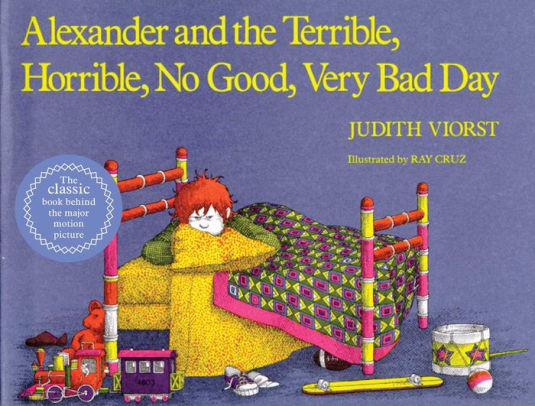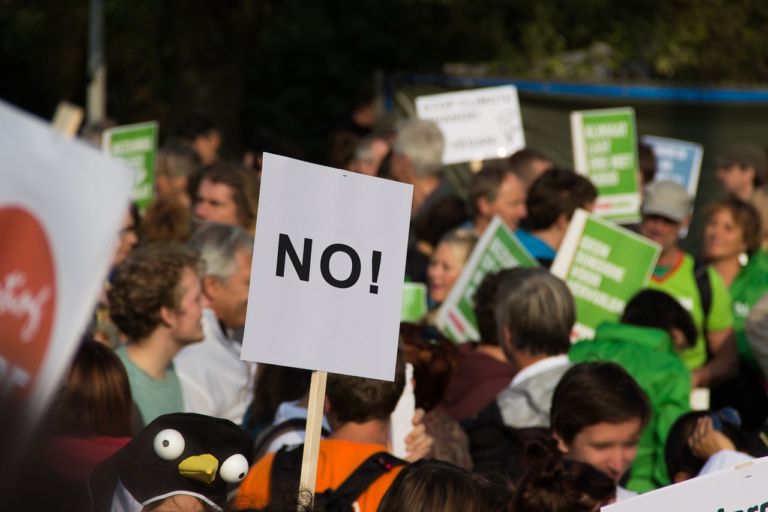A word contains its opposite in itself. Take “good”, for instance. If you have a word like “good”, what need is there for a word like “bad”? “Ungood” will do just as well—better, because it’s an exact opposite, which the other is not. Or again, if you want a stronger version of “good”, what sense is there in having a whole string of vague useless words like “excellent” and “splendid” and all the rest of them? “Plusgood” covers the meaning, or “doubleplusgood” if you want something stronger still. Of course we use those forms already. but in the final version of Newspeak there’ll be nothing else. In the end the whole notion of goodness and badness will be covered by only six words—in reality, only one word.
— Excerpt from the philologist Syme’s discussion in George Orwell’s Nineteen Eighty-Four
An interesting albeit somewhat disheartening survey shows a difference in how the United States and the United Kingdom react to the different terms intended to convey relative levels of good and bad.
To cut to the chase, in the U.K., bad is bad, very bad and terrible are worse, but the worst are abysmal and appalling. In the U.S., however, bad is bad, abysmal and appalling are worse, but the worst are very bad and terrible.
Furthermore, words were understood more effectively in the U.K. in expressing how bad something is. Rated on a scale of 0 to 10, very negative to very positive, the seven strongest words for badness all rated less than 2 on the scale (abysmal was 1.21; appalling, 1.34; and even very bad rated 1.76).
In contrast, even the strongest words for badness in the U.S. rated above 2 (very bad and terrible were 2.22 and 2.23). It is as if American vocabularies have lost the ability and terms to make the fine distinctions needed for drawing richer, fuller distinctions. If true, that would be atrocious.
By which I mean, like, very, very bad.

I suppose we’ll have completely lost the plot if this favorite children’s book
gets repackaged as A-Dawg’s Bad, Real Bad, No Good, Very Bad Day.


